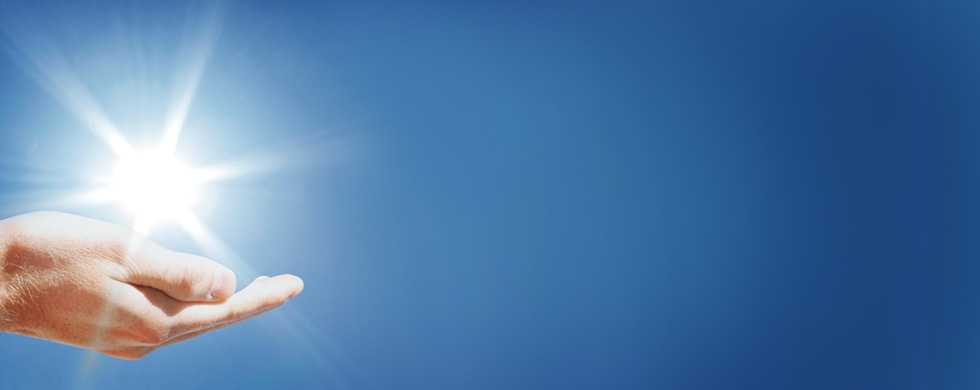Damage To Skin Caused By uv Radiation

UV (UV) in sunlight is the most important and cumulative effect of all exogenous aging factors in the skin. Therefore, the exogenous aging of the skin is called "photoaging". There are four types of damage to skin caused by uv radiation:
1: erythema. It is an acute phototoxic reaction, often accompanied by desiccations and burning pain, which can lead to pigmentation. The SPF is calculated according to the time after UV exposure. UVB causes epidermal damage, and UVA causes deep dermal damage, including blood vessels, various cells, and collagen fibers. Sensitive skin is thin and more susceptible to UV damage. Ultraviolet rays can increase inflammation, so people with acne, skin damage, and acne scars recover slowly.
2: blackening. The term is called black. When the melanocytes are exposed to ultraviolet light, they accelerate the secretion of melanin, and then enter the epidermal cells. The melanocytes themselves become larger, so the skin becomes dark. Some people get tanned instantly, others get tanned. The role of melanin is to absorb and shield ultraviolet light, so it is essentially a natural self-protection mechanism of skin.
3: skin aging. Ultraviolet (uv) lead to collagen and elastin breakdown degeneration, young skin collagen fiber, coherent, in old age becomes a mess, decreased elasticity, water erosion, free radicals damage is more serious, coarse dark corrugate... Because ultraviolet light is the biggest factor causing skin aging, exogenous skin aging is also known as "photoaging".
4: photosensitive reaction. This is essentially due to some high sensitivity to ultraviolet ray, after contact with acute reaction (but not normal), if the feeding a large number of photosensitive sex food, the photosensitive component and receptors in cells, will cause serious toxicity reaction of light.
All the year round, UVB radiation change is bigger, the winter will be weak and the strong summer, but the relatively small changes in UVA radiation, even in winter also have considerable radiation, cloudy days of UVA radiation is about half of the sunny day, and should be taken to clear the same degree of protection; Cloudy day, UVA radiation is about 15% of sunny day, still should moderate protection. Low UVA radiation on rainy days, plus an umbrella, do not consider wearing sunscreen.
In addition to ultraviolet light, sunlight also contains a lot of heat, which can lead to "thermal aging" if too much heat is absorbed. According to authoritative Magazine Personal Care Magazine reported that direct sunlight in summer 15 ~ 20 minutes, the temperature of the skin can increase to more than 40 ℃. Similar to ultraviolet rays, the heat can be induced matrix metalloproteinases and dermal extracellular matrix degradation, change the content of protein structure, induced skin blood vessel formation and inflammatory cells infiltration, the premature aging of the skin.
2018-02-08 15:30

